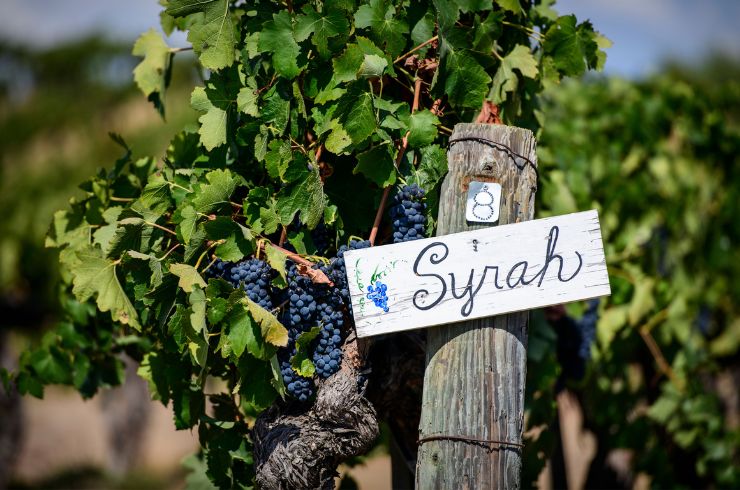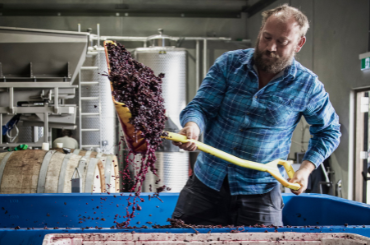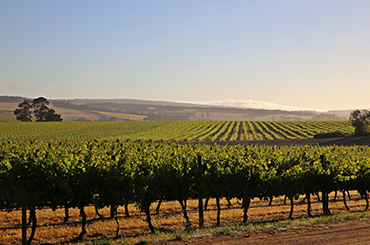At first it seems strange to hear winemakers talk like real estate agents. It clangs in the ear like a sack of soup cans dropped down a lift shaft. But stop to think for a minute, overlay all you know about the world’s most obsessively pursued grape variety, and it starts to make sense when those producing Australia’s best pinot noir all recite the same mantra: Location. Location. Location.
It’s timely to take stock of where we’re at as a pinot-producing nation. The variety has been here since the early colonial days but it’s fair to say pinot noir hasn’t always been the happiest émigré.
Much of pinot noir’s early spread across the country was driven by wishful, rather than critical, thinking, and the great graveyard of Australian viticulture is strewn with the bones of Burgundian dreams bleached by a harsher sun.
But once we accepted pinot’s potential was limited to a handful of suitable places a clearer picture of what the variety might do in this country began to emerge. And now that picture is clearer than ever. The pixels have multiplied exponentially. While the world has swooned over the reimagining of Australian chardonnay, and every wine writer with fingers near a keyboard has heralded a ‘Golden Age of Grenache,’ Australia’s best pinot noir producers have been driving a quiet revolution and consistently producing the best pinots noir this country has seen.
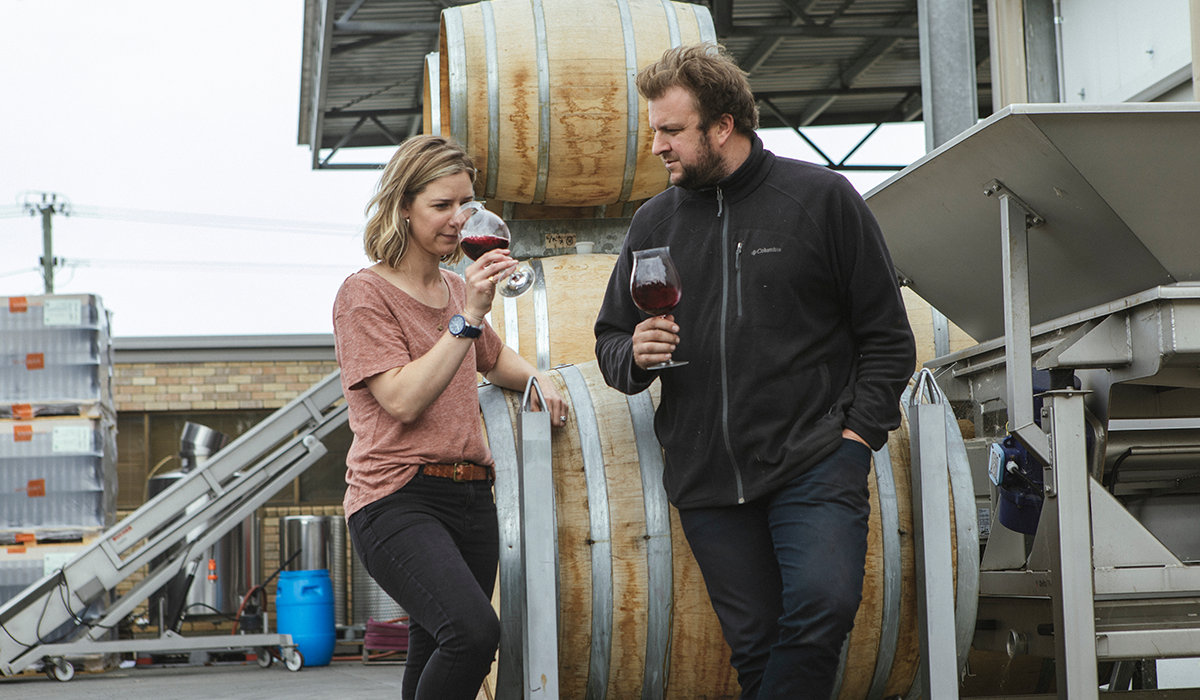
Ask them why, and they talk ‘location.’ When asked where the greatest gains in Australian pinot noir have come from, Nick Farr answers with typically forthright clarity. “Site selection.” Anna Pooley gives the same answer in a more expansive form: “I believe winemakers are paying more respect to place than they ever have. This encompasses firstly planting at the optimal sites and viticultural practice that encourage better soil health and better vine health. This results in better wine quality.”
For Jim Chatto, that required packing up the family and heading to Tasmania’s Huon Valley to pursue a pinot vision he couldn’t realise anywhere else. Chatto turns to racing parlance to describe the coalition of factors that have elevated Australian pinot noir to its current heights.
“It’s a trifecta of the right sites, the right clones and the right people,” he says. He then draws an analogy that probably only makes sense to those with good memories of 1980s Australian television. “In the last 10 or so years there has been a distinct move to focusing on these factors with the aim of making great pinot. As opposed to the ‘Terrance Elliot effect’ of city-based professionals and retirees planting a patch on their weekender and hoping to make Romanée-Conti.” (It’s a A Country Practice reference if you’re confused. You know, the fat wombat, the meddlesome Esme, Molly dying in a field as the screen fades to black. Perhaps you had to be there.)
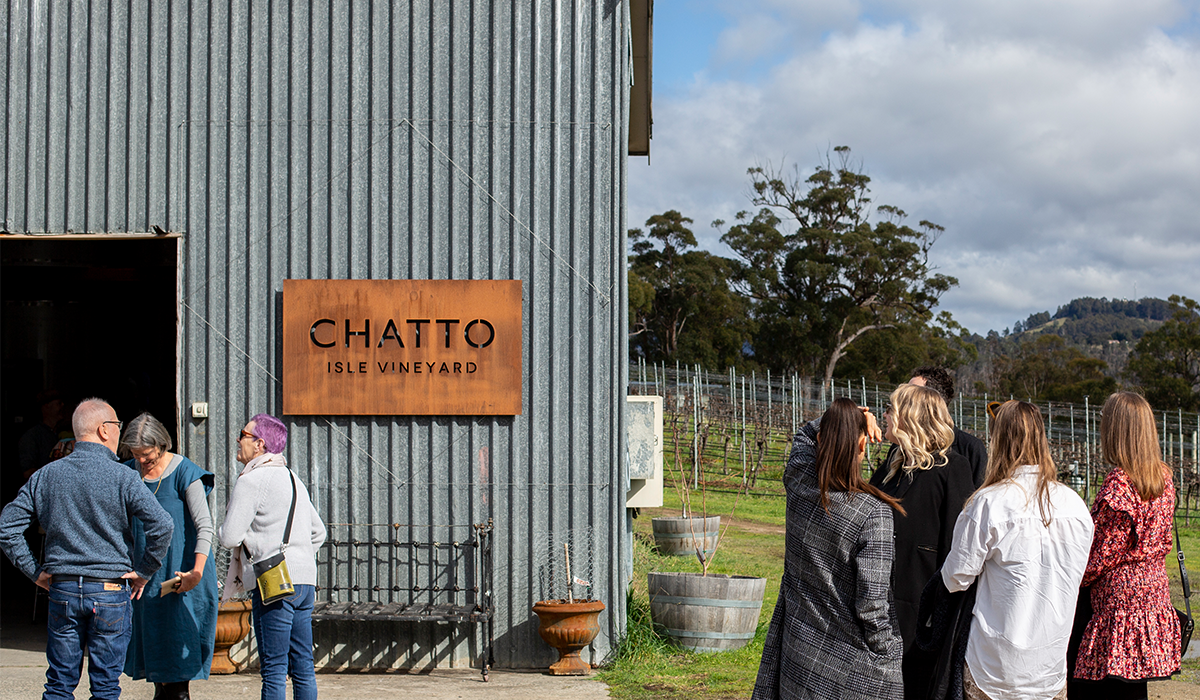
Kate McIntyre MW, who grew up on the Mornington Peninsula vineyard her medico father planted 40 years ago, has a wry laugh at Chatto’s categorisation. “Dad was just a young doctor when he planted Moorooduc. I don’t think he even knew what Romanée-Conti was, let alone aspired to make it.”
McIntyre speculates that if the vineyard were planted today, it might be driven by loftier ambitions, but she strongly believes the most valuable commodity they have as a family of winemakers is measured by a collection of calendars.
“There’s no doubt that everything we’ve learned about our place over time informs what we do moving forward,” she explains. “It’s a maturing of our pinot sensibility, a tightening of focus on the vineyard. Really dialling in.”
Michael Dhillon at Bindi is another who has seen the evolution of Australian pinot noir at close quarters.
“Through the ’80s and ’90s we saw the expansion of pinot across the country and it’s fair to say it wasn’t always successful,” he says. “But now it’s clear we’ve identified the best regions and we’re really homing in on the best sites in those regions.”

The best wines are coming from those who are learning what the sites want to teach them. What are appropriate spacings? What are the right clones? What’s an appropriate expectation around yield?”
Dhillon sums it up in a phrase that wouldn’t look out of place on his headstone. “It requires a humility of ambition,” he says. “To work with what the site gives you, not to work the site to get what you want.”
When asked about where Australian pinot noir goes from here, this little winemaker choir all sing from the same hymnbook. “The best wines will come from the most suitable clonal and site selections managed in the most respectful way,” says Anna Pooley. “The vignerons I admire seem to be less dogmatic in their approach to winemaking, working closely with their viticulturalists to achieve the best result they possibly can while embracing the intricacies of climatic/vintage differences from one year to the next. In addition, wines are being made that are less forced and more sympathetic and detailed in what they are and not what the wines should be."
Kate McIntyre sees vineyards like canopied canaries in coal mines and those who respond best to its challenges will be those who listen to what their vineyards tell them and adapt accordingly.
“There’s a tilt in the timings of the vineyard’s natural rhythms,” she says. “Some of the rougher weather of late winter is now bleeding into flowering and fruit set and we need to really think about how we deal with that.”
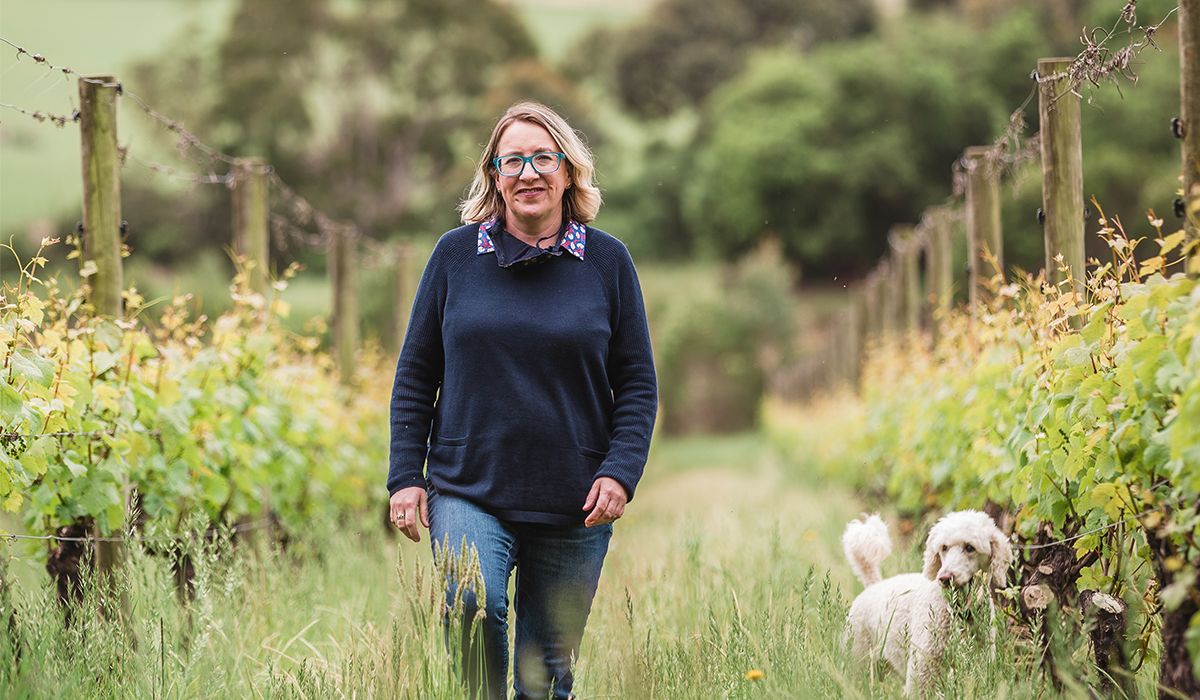
Nick Farr believes there’s still more to play out with thinking about planting densities, and some of the experiments following Burgundian practice may not be ideal here. “I think the next great leap forward is understanding the vine density that works for your site. More vines not always better. Do l want greater expression of site and intensity through drier grown vineyards naturally or through competition? It’s finding a balance of vines per square metre relative to the depth of my soil and natural rainfall.”
Farr touches on something all this cohort agree upon. It’s time to stop looking at Australian pinot noir through a Burgundian prism. The days of trying to draw tenuous comparisons between Australian wines and Burgundian tropes, a kind of decanted and swirled cultural cringe, are gone. As is often the case, the last word goes to Jim Chatto.
“We have different soil, air, water, sunlight. We have different bloody everything! Trying to emulate others can only result in mediocrity. Focussing on making great Australian pinot for its own sake is key.”
Sign up to view these tasting notes and ratings
By becoming a member of Wine Companion, you'll have access to the largest database of wines in Australia.
Latest Articles
-
News
The power of perspective: Ryan Ponsford's Entropy
2 Dec 2025 -
Events
Halliday Wine Academy: Wine Immersion Tours
30 Nov 2025 -
Travel
Scenic's Southern France and Bordeaux river cruises are tailor made for wine lovers
30 Nov 2025 -
News
What’s in a name? The etymological origins of popular grapes.
30 Nov 2025



